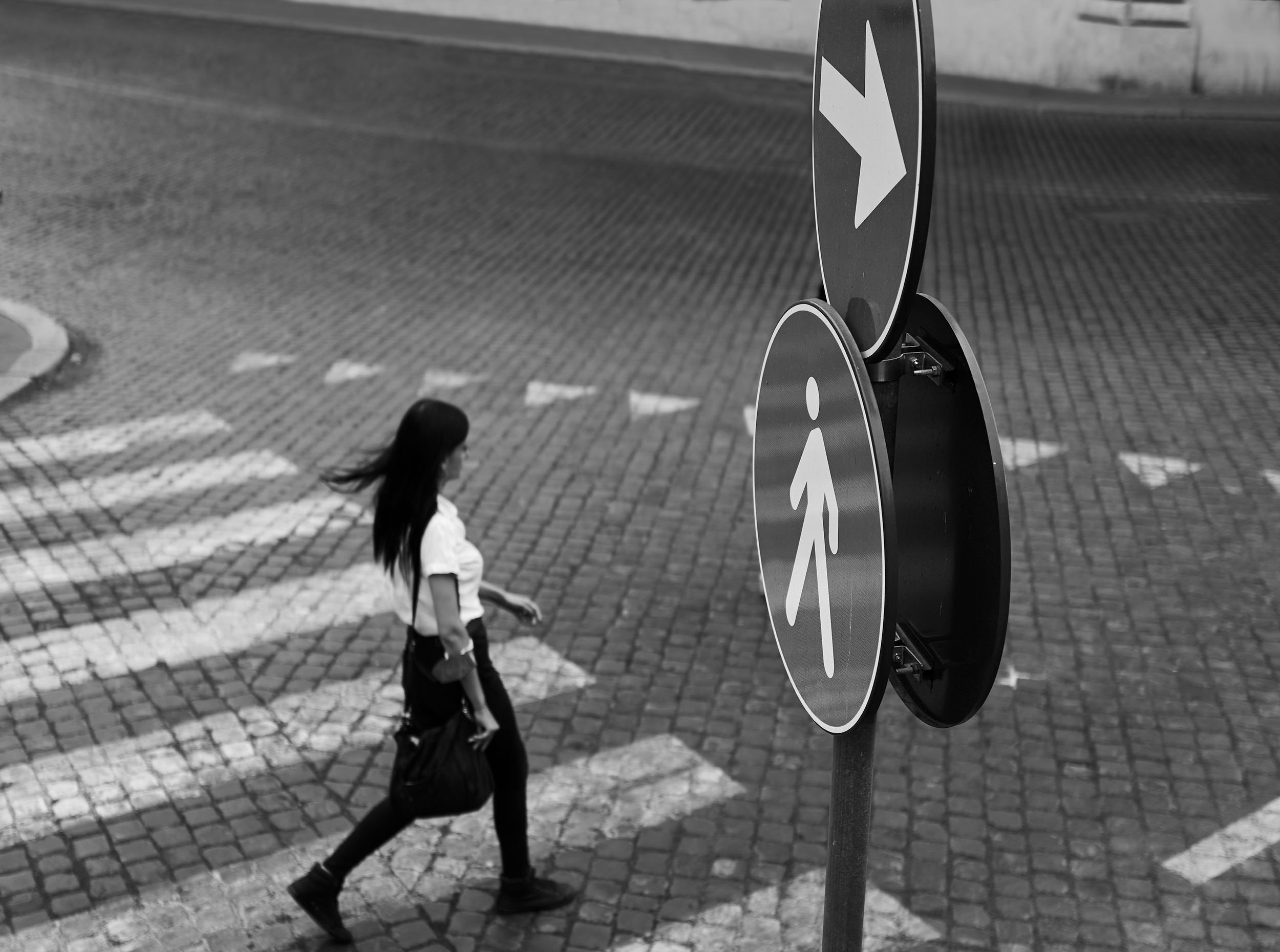The Greatest Guide To Street Photographers
The Greatest Guide To Street Photographers
Blog Article
Some Known Questions About Street Photographers.
Table of ContentsThe Street Photographers DiariesThe Ultimate Guide To Street Photographers6 Easy Facts About Street Photographers DescribedNot known Facts About Street PhotographersStreet Photographers Fundamentals Explained
Street photographers do not always have a social function in mind, yet they like to isolate and record moments which might otherwise go unnoticed.Though he was influenced by a number of those that influenced the street photographers of the 1950s and '60s, he was not mainly interested in recording the spirit of the street. The impulse to aesthetically record individuals in public began with 19th-century painters such as Edgar Degas, douard Manet, and Henri de Toulouse-Lautrec, that functioned side by side with professional photographers trying to record the essence of city life.

Offered the great top quality of his pictures and the breadth of product, designers and artists frequently purchased Atget's prints to use as referral for their own work, though commercial interests were hardly his major inspiration. Instead, he was driven to photograph every last remnant of the Paris he enjoyed.
About Street Photographers
They expose the city via his eyes. His work and fundamental understanding of digital photography as an art type offered as motivation to generations of photographers that adhered to. The future generation of road professional photographers, though they likely did not describe themselves because of this, was introduced by the photojournalism of Hungarian-born digital photographer Andr Kertsz.
Unlike his peers, Brassa made use of a larger-format Voigtlnder video camera with a much longer direct exposure time, forcing him to be a lot more computed and thoughtful in his practice than he might have been if making use of a Leica.
Cartier-Bresson was a champion of the Leica cam and among the first professional photographers to optimize its capacities. The Leica allowed the professional photographer to connect with the surroundings and to capture moments as they occurred - Street Photographers. Its reasonably tiny dimension also helped the professional photographer fade right into the history, which was Cartier-Bresson's recommended strategy
Some Known Details About Street Photographers
It is since of this fundamental understanding of the art of picture taking that he is typically credited with uncovering the medium throughout once more approximately a century given that its development. He took pictures for even more than a half century and influenced generations of photographers to trust their eye and intuition in the minute.
These are the concerns I shall try to answer: And after that I'll leave you with my very own interpretation of road photography. Yes, we do. Allow's start with defining what a definition is: According to it is: "The act of specifying, or of making something guaranteed, unique, or clear".
No, certainly not. The term is both limiting and deceiving. Appears like a road photography should be images of a streets right?! And all road photographers, besides a little number of outright novices, will totally value that a road is not the crucial component to road photography, and actually if it's a photo of a road with maybe a couple of boring individuals not doing anything of passion, that's not street digital photography that's a snapshot of a road.
He makes a valid point do not you think? Nonetheless, while I agree with him I'm not exactly sure "honest public photography" will certainly catch on (although I do type of like the term "honest photography") since "road photography" has that site actually been around for a long period of time, with lots of masters' names affixed to it, so I think the term is below to remain.
Unknown Facts About Street Photographers
Inside?! I hear you scream news as you tremble your fist to the skies. Why not? You can contend the beach, at a festival, in a street, in a park, in a piazza, in a coffee shop, at a gallery or art gallery, in a metro station, at an event, on a bridge, under a bridge ...

Our Street Photographers Diaries

Report this page